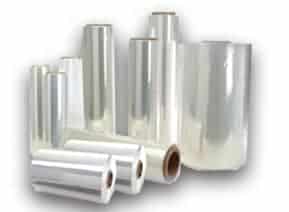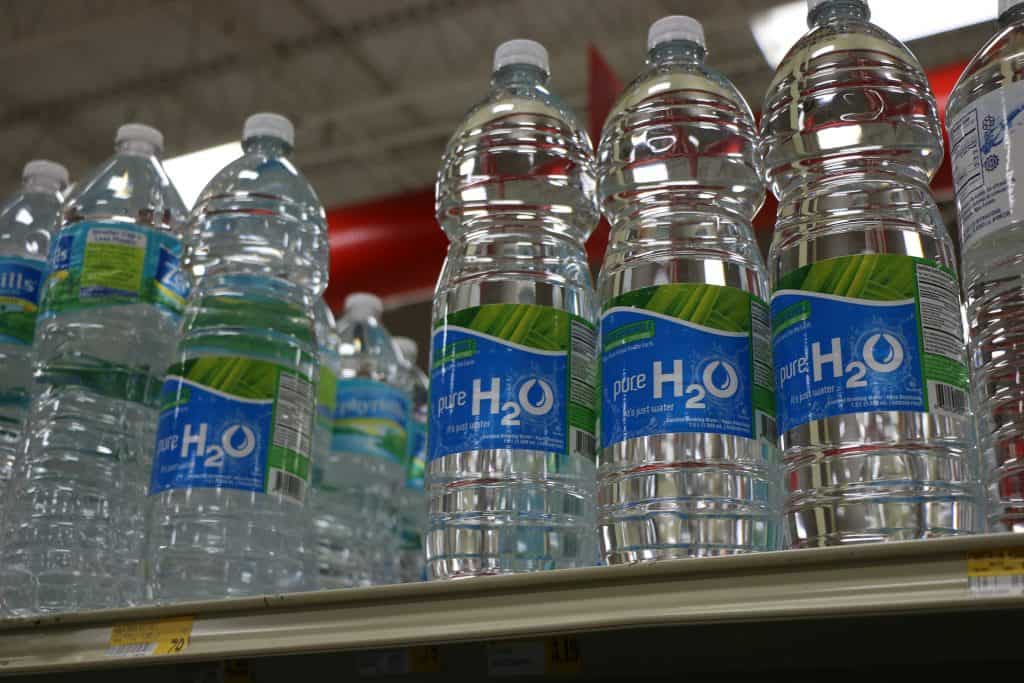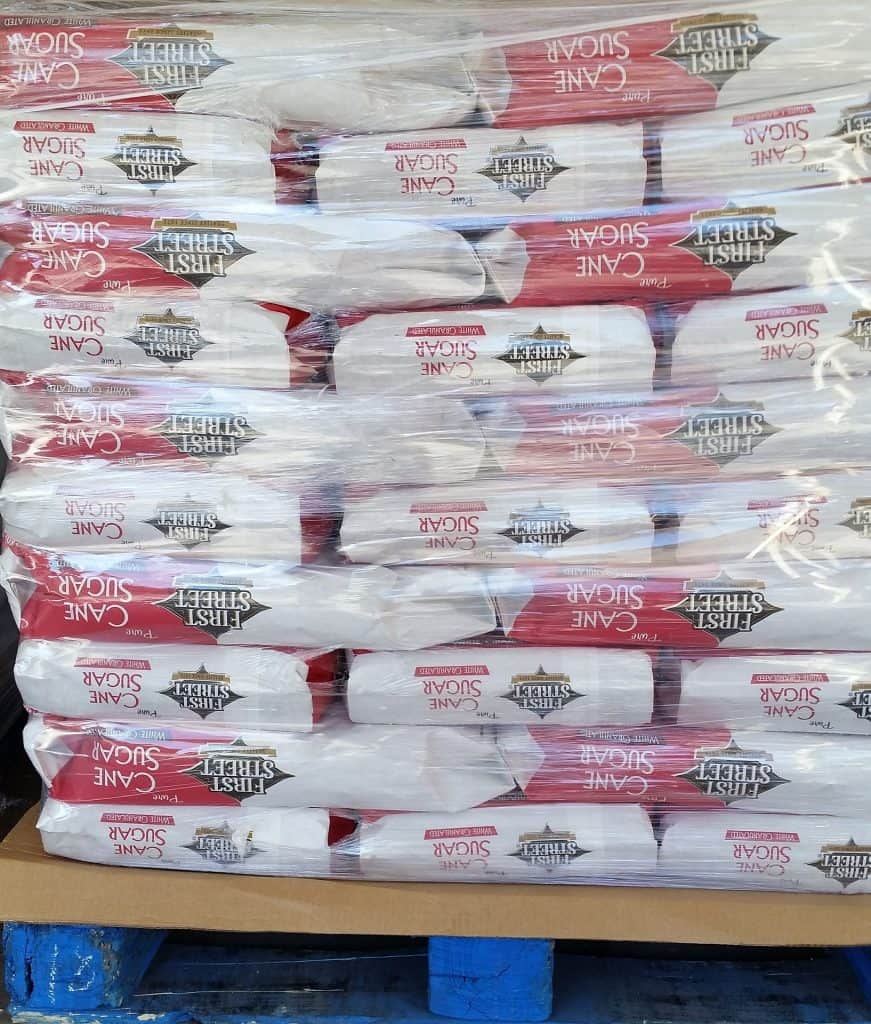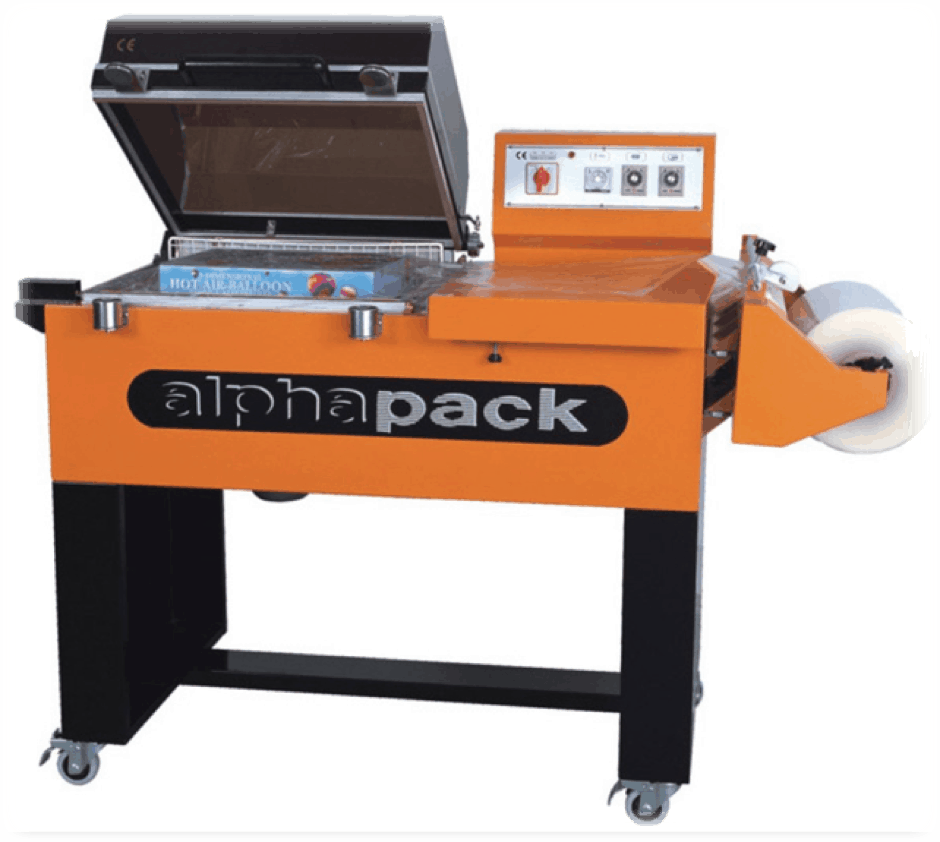Updated for 2018.
Shrink wrap film is a very versatile packaging solution which can be used by a variety of industries and in numerous ways. From wrapping pallets to securing timber, paper, other items and materials but, the use of shrink wrap can often cause issues. In the following article, we discuss the common shrink wrapping issues and how to fix them.
Shrink wrap is a reliable and beneficial packaging solution for many businesses, but, there are a several issues which may arise when wrapping items using the material. If you have ever used shrink wrap before, it is almost certain that you have come across at least one of the following problems.
Bubbles
Issue
Bubbles are one of the primary shrink wrapping issues that users face when packaging items. The air bubble usually forms underneath the wrap in between the item and the first packaging layer, or between the thin layers of film.
Even when you ensure that the material is pulled tightly and tautly around the items you are wrapping, it can seem inevitable that you’ll find a bubble at some point during the process but, there are a few techniques you can use to elevate and reduce these issues.
Solution
As previously mentioned, ensure that the shrink wrap is applied tightly to the item you are wrapping. Secondly, ensure that the correct level of heat required for your particular film and the items you are packing is applied, it is also vital that the heat is maintained for the recommended amount of time, if you are unsure, consult a supplier, such as ourselves and we will be able to assist you. Insufficient heat or an inappropriate amount ‘shrinking’ time, can often result in wrapping issues, such as bubbles.
To remove bubbles once they have formed on the shrink wrap packaging, make a small hole and release the trapped air. When the air has been released, flatten and secure the wrapping. If you are wrapping any perishable items, it is vital that you ensure there is an air tight seal so removing the bubbles is not always recommended unless you are willing to double wrap or re-wrap the item following a tear or bust bubble.
Wrinkles
It is unlikely that the shrink wrap, once applied to the item, is never going to be perfectly flat, especially if you are wrapping an odd shape. However, ensuring that your shrink wrap doesn’t wrinkle can and should be avoided where possible.
Issue
There are various wrinkles that can form when shrink wrapping which can often become an issue if they degrade the appearance or affect the quality of the wrap. Typical wrinkles include cross feet and dog ears. Cross feet, as the name suggests, typically appear on the corners or edges of the items.
Solution
To avoid or fix them, it is advised that the applicant reduces the amount of shrink wrap material used as they often occur when an access of the packaging is used. Like bubbles, cross feet also occur when an insufficient amount of heat is applied, ensure that the temperature used is set at the recommended level. Dogs ears also frequently appear on corners and similarly to cross feet, they usually occur due to an inadequate level of heat or an excessive use of the shrink wrap material has been applied. Dog ears not only occur on corners, but also on any section of the wrap where there is a ‘bunch’ or too much shrink wrap applied. Another method of reducing the likelihood of wrinkles to increase the velocity of the air within the shrink wrap machine, as this can improve the appearance of the wrap.
Holes
Issue
Holes are a common shrink wrap issue, yet they are one of the easiest to spot as they usually appear on the surface of your packaging. The shape of the hole and where it has appeared is one of the best indicators of the cause of the issue of holes and tears.
Solution
When a hole is perfectly round, or as close to round as possible, this typically indicates that excessive heat has been applied and it is burning the wrap in certain places. To avoid this and fix the repeating issue, ensure that your tunnel temperature is set at the optimum for the shrink wrap you are using and the item you are wrapping. It is also advised that the speed of the tunnel conveyor is also increased, as this circulates and distributes the air more effectively. If after these alterations have been made, the wrap continues to burn and have holes, it is worthwhile changing to a shrink wrap with a thicker gauge, or that the machine may have a malfunctioning part.
If the holes or tears appear longer in shape, rather than rounded, it usually signifies that it is the shape of the object that is being wrapped that is the main cause of the issue. If the item you are wrapping has sharp edges and it is perforating the wrap, it is advised that you increase the thickness of the material. If the item is rounded, but it is still perforating the shrink wrap, the main cause of the issue may be that the wrap is applied too tightly. When the wrap is too taut before it has been shrunk, the material will be put under great pressure when the heat is applied, which results in a hold or tear in the shrink wrap.
These issues are easily tackled, and they don’t have to have a huge impact on your manufacturing process. If you’d like to find out more information about the shrink wrapping products that we provide here at Kempner, please don’t hesitate to get in touch with us today where we will be happy to help you.





